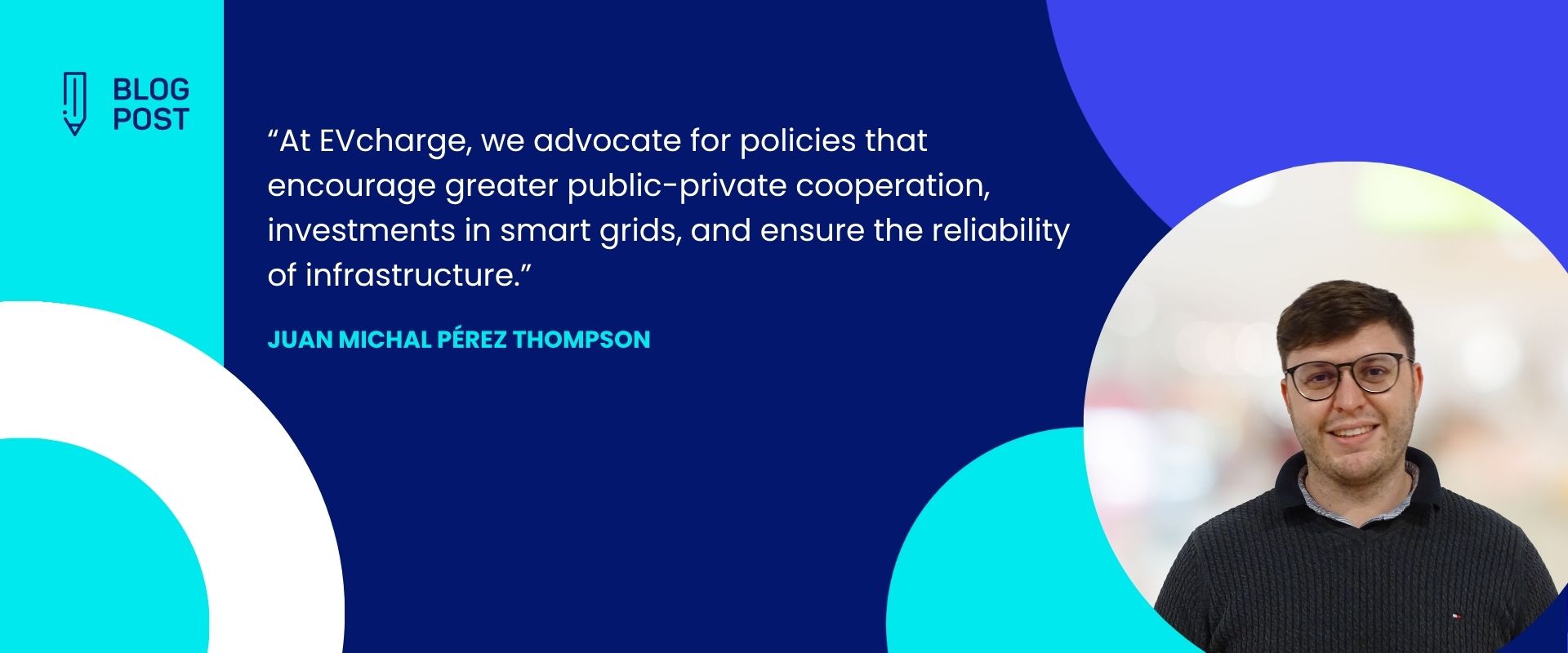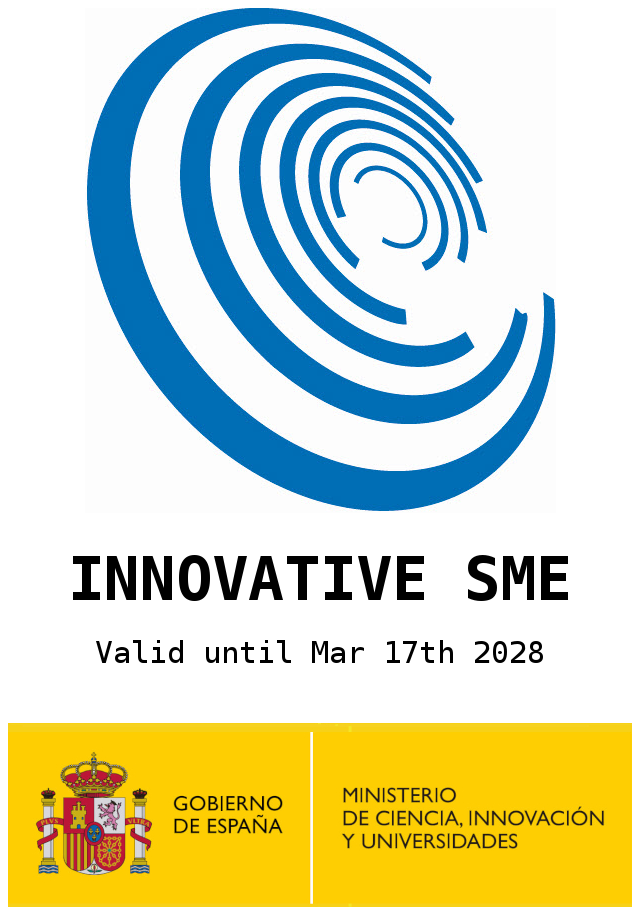By Junma Pérez Thompson, Sales Manager at EVcharge
Electric mobility is rapidly expanding, but its growth is constrained by a series of challenges affecting charge point operators (CPOs), electric mobility service providers (eMSPs), and end users alike. At EVcharge, we believe that addressing these challenges with technological solutions and more efficient regulation is key to strengthening the sector.
Key industry challenges and how to address them
Several obstacles hinder the development of an efficient charging network:
- Excessive permitting times: In many cases, obtaining authorization for charging point installation can take between 1 and 1.5 years, slowing infrastructure expansion.
- Grid capacity: While it is claimed that Spain does not face grid capacity issues, connecting charging points in certain areas remains costly and time-consuming.
- Interoperability and user experience: Fragmented payment systems and lack of compatibility between charging networks frustrate users.
- High deployment costs: Installation, maintenance, and land acquisition expenses limit scalability.
- Lack of clear regulations: Guidelines on protocols, insurance, and legal compliance are often poorly defined, creating uncertainty.
- High operational costs: Running and adapting a charging network requires significant investment in maintenance and regulatory compliance.
At EVcharge, our strategy is based on knowledge and data analysis to develop smart solutions. Our cloud-based management platform enables real-time monitoring, predictive maintenance, and grid optimization. Additionally, we prioritize open-standard solutions to ensure interoperability across various systems and networks, facilitating integration and enhancing user experience.
Ideal locations for fast charger deployment
To maximize utilization and convenience, selecting the right location for charging stations is crucial. Mobility cultures differ between countries, requiring tailored strategies. Key locations include:

- Highway corridors and rest areas: Critical for long-distance travel and commercial fleets.
- Urban centers and commercial hubs: High-density zones such as shopping malls and business districts attract heavy daily usage.
- Strategic intersections and parking facilities: Areas where public transport, car sharing, and daily commuters converge offer high charger turnover.
Most users prioritize convenience and ease of operation over price, making it essential to offer solutions that cater to these needs.
The role of software in fast charging infrastructure
Software is the backbone of charging network operations and efficiency. At EVcharge, we develop platforms that:
- Manage operations: Remote diagnostics, real-time analytics, and predictive maintenance to minimize downtime.
- Facilitate payments and energy management: Integration with payment gateways, smart billing, and load balancing.
- Enhance user interaction: Mobile applications allowing drivers to locate chargers, monitor charging status, and make payments seamlessly.
Comprehensive day-to-day management (marketing, administration, invoicing, maintenance) is essential to ensuring operational efficiency and an optimized user experience.
The impact of AFIR regulations and EVcharge solutions
AFIR regulations mandate that new public fast chargers include integrated bank card payment systems. While the transition is underway, cost and technical integration remain challenges. At EVcharge, we have developed an AFIR-compliant payment system that significantly reduces CAPEX and OPEX impact. Our solution allows a single terminal to manage multiple chargers at one location, enabling direct payments via credit/debit cards and digital wallets.
Additional regulations needed to boost charging infrastructure
While AFIR represents a significant step in standardizing payment systems, further advancements are needed to remove barriers to network expansion:
- Enhanced interoperability standards: Stricter requirements to ensure network and charging protocol compatibility.
- Smart charging and grid integration guidelines: Regulations on energy management and infrastructure performance optimization.
- Simplified permitting and licensing processes: Faster approvals to accelerate new charging point deployment.
- Promotion of “Plug & Charge” (ISO 15118): Increased automation in authentication and payment processes.
At EVcharge, we advocate for policies that encourage greater public-private cooperation, smart grid investments, and ensure network reliability.
Key factors for competitiveness in the eMobility sector
To succeed in the electric mobility sector, companies must focus on:
- User-centric design: Intuitive interfaces, reliability, and 24/7 support.
- Technological integration: Advanced software for real-time analytics, remote management, and smart charging.
- Collaboration ecosystems: Partnerships with automakers, utilities, and retailers.
If you want to learn more about how EVcharge can support your charging infrastructure development, feel free to reach out to our team. We would be happy to share ideas and explore solutions together.











